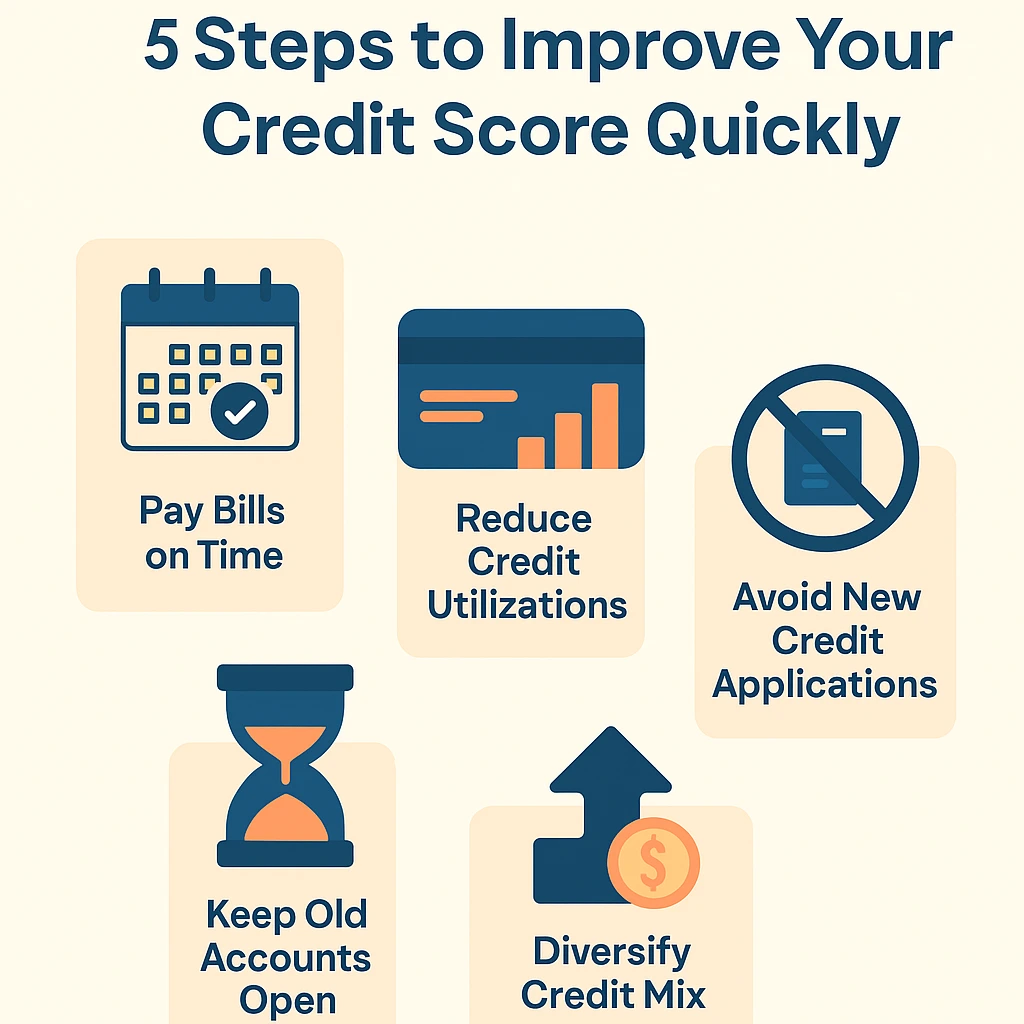Introduction
Your credit score is one of the most important numbers in your financial life. Whether you’re applying for a home loan, car loan, or even a new credit card, lenders use your credit score to decide if you’re trustworthy with money.
Unfortunately, many people don’t fully understand what a credit score is, how it’s calculated, or how to maintain it. This complete guide to credit scores will explain everything — from the basics of credit reports to practical steps on “how to improve credit score quickly” and long-term strategies to keep it high.
What is a Credit Score?
A credit score is a three-digit number that reflects your creditworthiness. In India, scores range from 300 to 900, while in the U.S. (FICO system) it ranges from 300 to 850.
Why It Matters:
- Higher score = better loan approvals
- Lower interest rates on loans
- Easier access to credit cards
- Sometimes checked by employers and landlords
👉 If you’ve searched “what is a good credit score”, the answer is: 750+ in India and 700+ in the U.S.
How is a Credit Score Calculated?
Credit bureaus like CIBIL, Experian, and Equifax calculate your score based on several factors:
Credit Score Components (Approx % Weightage)
- Payment History (35%) – Timely repayment of EMIs/credit card bills.
- Credit Utilization (30%) – Percentage of credit limit used.
- Credit History Length (15%) – Older accounts boost scores.
- Credit Mix (10%) – Balance of secured (home loan) and unsecured (credit card) credit.
- New Credit Inquiries (10%) – Too many applications lower score.
What is a Good Credit Score?
- Excellent: 800–900 (India) | 800–850 (U.S.)
- Good: 750–799 (India) | 700–799 (U.S.)
- Fair: 650–749
- Poor: Below 650
👉 Searching “minimum credit score for home loan in India”? Most banks require 750+ for best rates.
Step-by-Step: How to Improve Your Credit Score
Step 1 – Pay Bills on Time
- Automate credit card and EMI payments.
- Even one late payment can reduce your score drastically.
Step 2 – Reduce Credit Card Utilization
- Keep usage below 30% of total limit.
- Request higher credit limits (but don’t overspend).
Step 3 – Avoid Too Many Loan Applications
- Each inquiry lowers score.
- Space out credit applications.
Step 4 – Maintain Old Credit Accounts
- Older accounts improve history.
- Don’t close your oldest credit card.
Step 5 – Diversify Credit Mix
- Use a mix of secured and unsecured loans.
- E.g., Home loan + credit card, instead of only cards.
👉 If you want “how to improve credit score quickly”, start with timely payments + reducing utilization.

How to Maintain a High Credit Score
Once you’ve improved your score, maintaining it is equally important.
- Check credit reports regularly (CIBIL, Experian).
- Correct errors immediately (wrong accounts, missed updates).
- Don’t overspend even if limits increase.
- Keep debt-to-income ratio low.
Benefits of a Good Credit Score
- Easy loan approvals
- Lower interest rates
- Higher credit limits
- Better job/employment opportunities (in some industries)
- Access to premium cards and offers
Common Credit Score Mistakes to Avoid
❌ Missing payments
❌ Using 80–90% of credit limit
❌ Closing old accounts
❌ Applying for multiple loans at once
❌ Ignoring credit report errors
FAQs on Credit Scores
Q1: What is the fastest way to improve credit score?
Pay bills on time and reduce credit card utilization to under 30%.
Q2: How long does it take to improve a bad credit score?
Usually 3–6 months of consistent good behavior shows results.
Q3: Will closing a credit card improve my score?
No. Closing cards reduces credit history length and credit limit.
Q4: How often should I check my credit score?
At least once every 6 months to spot errors early.
Q5: Can I get a loan with a bad credit score?
Yes, but with higher interest rates and stricter terms.
Conclusion – Mastering Your Credit Score
Your credit score is like your financial report card — and improving it is possible with smart money habits. By paying bills on time, reducing credit utilization, diversifying credit, and monitoring reports, you can build a high score that unlocks financial opportunities.
👉 Remember: Maintaining a good credit score is not a one-time task, but a lifelong habit.



